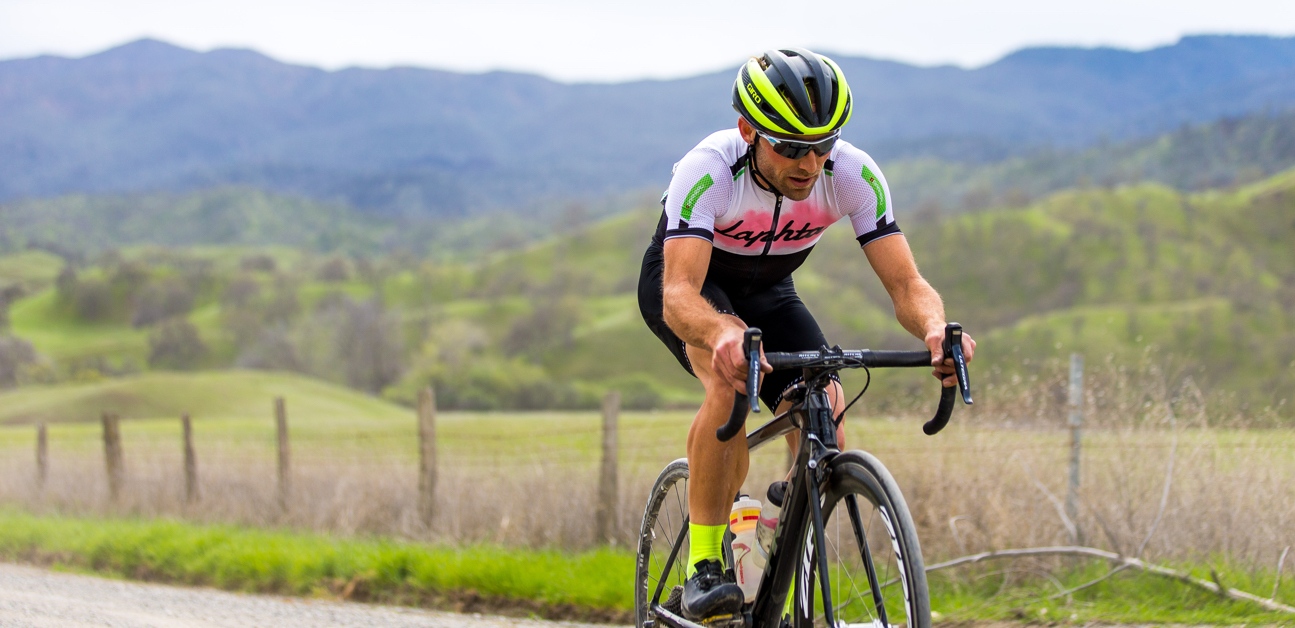How to Plan Your Offseason: When to Start and What to Do

After months of training and racing, every cyclist eventually needs a break. Choosing when to take time off and what to do with your offseason can set you up for future success.
For more information on training and the offseason check out Ask a Cycling Coach Ep. 234.
How to Decide When to Start the Offseason
Choosing when to end your season is often straightforward. Typically, you’d complete your A event, then take some time off, then plan for your next goal. However, canceled races and an empty event calendar can muddle the decision to call it a season.
Aside from having no more events, some signs can help your decision-making process. The first sign is mental burnout. Lack of motivation and eagerness comes and goes throughout training. But consistent lack of motivation is a warning sign that you might need some time off the bike.
Adaptive Training
Get the right workout, every time with training that adapts to you.
Check Out TrainerRoadAdditionally, your body will give you indications it’s time for a break. Persistent injuries and pain, massive fatigue, and irritability are all signals from your body. When these signals are coupled with a decline in performance, it’s a clear sign you need to spend a few weeks recovering from your training.
How Long Should Your Offseason Be?
Once you’ve decided to start your offseason, it’s time to decide how long your break should be. The length of your break is relative based on your previous training load and consistency. In general, breaks should sit somewhere between two and three weeks. You can add and subtract time off based on a couple of factors.
Consider the consistency and length of your previous season. You may not need a month-long offseason if life has gotten in the way of consistent training. On the other hand, you may want too add additional time off if you’ve sustained your training over the last six months.
The amount of training per week is an important factor as well. A week-long break is sufficient for a low-volume rider that has been training three to four hours a week. At the other end of the spectrum, a high-volume rider (20 hours a week) could need a break up to four weeks. No matter how long your break, you’ll know when you are ready to resume training.
What to do During the Offseason
During your offseason, you are going to lose some fitness. But it’s ok. Your aerobic base lasts much longer than specific high-power abilities. The good news is that this isn’t the time for specificity. Don’t be concerned because you don’t need high-power abilities right now. With that said, there are some things that you can do to make the most of your next season.
Maintain Your Aerobic Base
The longer you’ve been training, the slower you’ll lose your aerobic base. It takes about 25-35 days before you see a decline. The best news is that you don’t have to do much to touch up your base. Over your break, do an endurance workout every 10-14 days. A 90-minute trainer workout like Baxter or a 2-3 hour outside ride is enough. This endurance work doesn’t have to be on the bike. You could run, hike, or go for a swim. It just needs to be something that stimulates your aerobic system.
An alternative way to maintain your aerobic base during the off-season is with TrainNow. TrainNow uses Adaptive Training’s machine learning-based insights to recommend workouts suited for your current abilities. With TrainNow you can complete structured workouts whenever and however you’d like, integrating them into your off-season training at your own discretion. If you’d like to leverage TrainNow in your offseason you can check out this article: 6 Ways To Benefit From TrainNow’s Intelligent Workout Recommendations.
Establish a Strength Training Regimen
The benefits of strength training for cyclists are numerous. You want to begin a weight training program that you can maintain throughout the year. Plan to start out building your strength, then transition to maintenance as you enter the race season. Halting strength training will diminish the benefits. You can also plan out how you are going to incorporate lifting with riding. Just make sure to lift on your easier days and keep your off days for rest.
Set Goals For The Next Season
Goal setting provides direction for your training. Setting both outcome (result) and process (how you are going to get there) goals is a good practice. You can go a step further and create a stretch goal —something that will take you out of your comfort zone. These goals don’t have to be event-based. You could choose to improve a weakness or go for new power PRs.
Signs You’re Ready to Start Training Again
Just like the signs for a needed break, you will know when you feel ready to get back on the bike. First, you’ll begin to feel increased motivation and an eagerness to get back at it. But what happens if you took time off, but aren’t eager to start training? It could be several things. You might need more time off, or your break wasn’t really time off.
Additionally, your body will feel healthier. You should feel well-rested. Any injuries will be healed up along with other nagging postural kinks worked out. Before you resume your training, you want to make sure you are mentally and physically refreshed. That way, you’ll be ready to take on a new season of training. After a substantial break, we recommend starting a Base Phase or, better yet, use Plan Builder to begin your new season.
For more cycling training knowledge, listen to Ask a Cycling Coach — the only podcast dedicated to making you a faster cyclist. New episodes are released weekly.